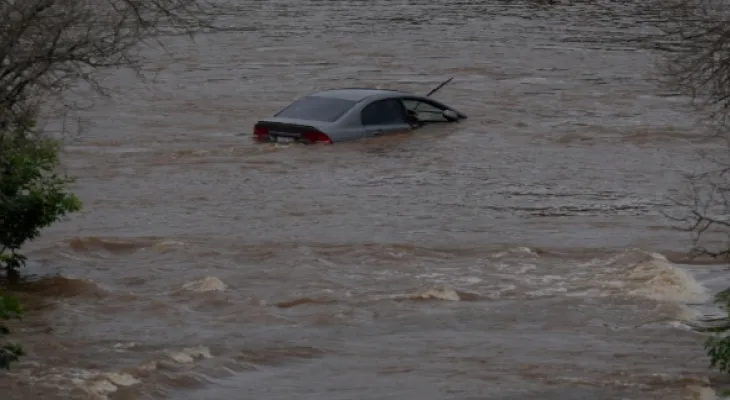Search here
Newspaper
Search here

Arab Canada News
News

Published: August 5, 2023
Recent climate change in Canada has led to rising insurance prices and raised questions about whether private coverage will even be available to some Canadians in the future.
The issue could mean that the national flood insurance program being developed by Canada to ensure affordable flood coverage may have to be expanded to include wildfires, storms, and hurricanes in the near term.
The latest inflation report from Statistics Canada showed that home insurance costs rose by 8.2 percent nationally in June compared to the previous year. Increases were around 10 percent in Alberta, British Columbia, and Saskatchewan, and about 12 percent in Nova Scotia.
Some of the increases in insurance premiums were due to inflation, but Craig Stewart, vice president of climate and federal affairs at the Insurance Bureau of Canada, said that a significant portion of that is due to global reinsurance companies reassessing Canada's risk profile and raising prices.
Most property insurance companies in Canada turn and shift some of the risks associated with their policies to global companies called reinsurers. So when you submit a claim to your local insurance agent, that company, in turn, will cover some of its expenses by purchasing insurance from a major global backer.
Stewart said that reinsurance premiums rose between 25 and 100 percent last year, and while not all of that has been passed on to consumers, some of it had to be. He added that the analysis found Canada among the countries most affected by climate change's impact on insurance risks.
Additionally, the Insurance Bureau of Canada reported last year that the cost of personal property insurance claims averaged more than $7 billion annually over the past five years in Canada. This compares to $5.8 billion in the previous five years, and $2 billion a year in the late 1990s and early 2000s.
The bureau stated that climate change caused insured damages of about $3.1 billion in Canada last year, making it the third-worst year on record. There wasn’t one major event—like the Fort McMurray wildfire in 2016—that accounted for the majority of costs.
Instead, costs were spread across the country, including the May Derecho in Ontario and Quebec, post-tropical storm Fiona, flooding in Manitoba, and a series of winter and summer storms in Ontario, Quebec, and British Columbia.
Stewart also noted that the biggest impact right now is the rising insurance premiums, but he added that some companies, particularly tourism and hospitality operators in parts of Western Canada, have been unable to renew insurance in recent years.
He said it isn’t imminent but possible that such discussions will eventually take place in Canada: “The inflation of these events over the past five years has happened faster than anyone could have imagined, so unfortunately we may have this conversation sooner rather than later.”
Paul Kovacs, executive director of the Institute for Catastrophic Loss Reduction in Toronto, also stated he does not believe this will happen here. He said premiums will rise but believes the costs can be managed in Canada.
However, he pointed to the need for better protection from extreme weather—such as fire-resistant design in areas at high risk of wildfires, or flood protection in areas that often experience heavy rainfall.
He added that it has been shown that investing one dollar in prevention can save governments, insurers, and individuals between five to ten dollars when a disaster strikes, but obtaining such investments remains a tough sell.
Kovacs further explained that the best time to make such improvements is typically right after a major event when people are already rebuilding and are more willing to do so in a way that protects them better in the future.
He noted that the only significant example of not being able to obtain insurance is for overland flooding, which was not available at all in Canada until 2016. Since then, 10 million Canadians have subscribed to it.
Moreover, about 10 percent of homes in Canada—or 1.5 million households—are considered to be at extremely high risk of obtaining such insurance.
Comments